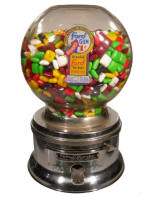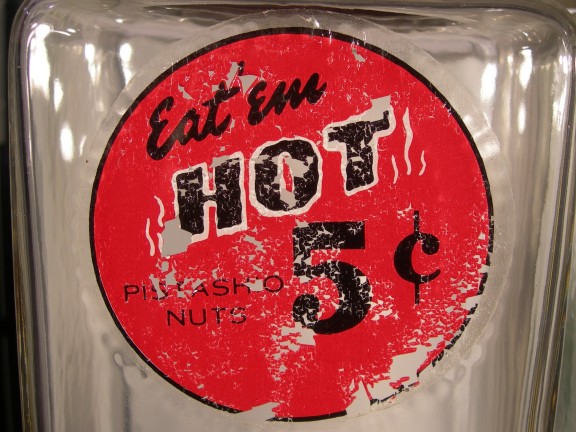Coin-OperatedGumball & Peanut Machines |
|
|
|
Gumball and peanut machines have long been recognized as a "silent salesmen." In their heyday many advertisements regarding these machines noted that "silent salesmen" worked 24 hours a day, never slept, never came to work late or took vacation, and you didn't have to pay it. The history of the gum and nut vendor began in 1888, with Thomas Adams, of Adam's Gum. Accoring to Bill Enes, who wrote, Silent Salesmen, An Encyclopedia of Collectable Gum, Candy & Nut Machines, "Adams put vending machines containing his Tutti-Frutti gum on the New York city elevated train platforms. Others sought to emulate his success and 'the rest is history.'" In the beginning these machines would only vend chocolate or tab gum. It was right at the turn of the century that peanut vendors became available. For gumballs, the exact year is not known, but it is believed that they became available in vending machines sometime between 1907 and 1911. While many different items have been available through vending machines, from the unusual such as holy water and toilet paper, to the standard candy and nuts. But don't forget the gumball, which has become the ultimate iconic symbol of these small vending machines. Currently, Antique Warehouse has well over 50 gumball and peanut vendors in its collection. While it may be a while before all of these vendors are catalogued, 17 gumball and peanut vendors have been added to the site for this months featured collection. When reading the information on some of the machines in our collection, it may be noticed that manufactures made machines for other companies. Some of the large companies would manufacture these gumball machines for whomever put in a large enough order. These large manufactures would omit their own name, putting on the name of whom ever was purchasing the machine. This causes a lot of confusion in the gumball and peanut vending world. On top of this, many of the machines had interchangeable parts, from the chute flap, to the turn handles, and globes. This is another factor that adds to the confusion. |
Enes, Bill. Silent Salesmen. Enes Publishing, 1987. Vlist, Abraham Vander. Gumball Machines (Right or Wrong). Mead Publishing, 1981.
|
 |
 |
|
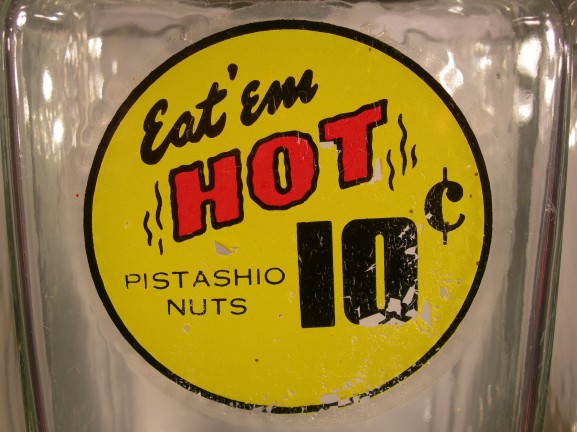 |
||
 |
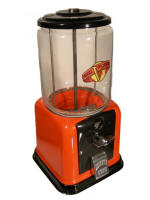 |
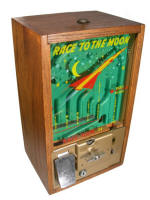 |

